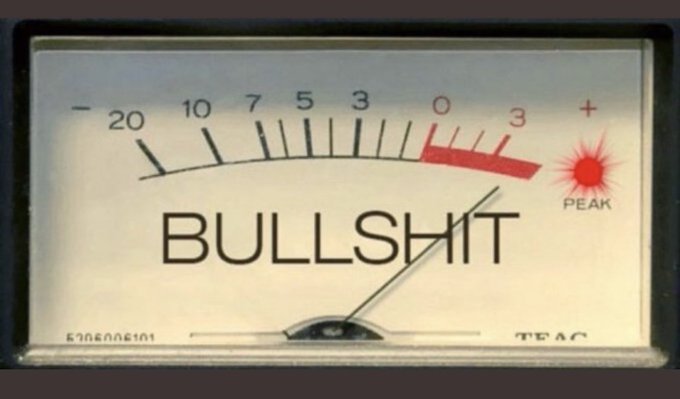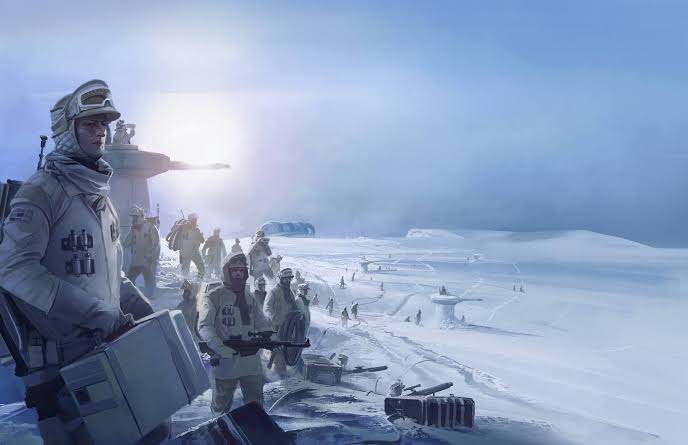
misha

Russian state TV claims being at war with the US for 80 years

Load of Bullshit about the Statue of Liberty
Statue is based on the Roman goddess Libertas from the Great Seal of France, not Hecate.
EDIT: Vesti did a copyright strike and got the video taken down. Here was the relevant part about the statue of Liberty:
Nick Coatsworth has moved up.
He is now the Ambassador for patients in the Australian Patients Association.
All the UA military experts don’t seem interested in the Syria War
Political Indifference | The Blame Game & Coping Strategies (Eng subs) - Max Katz
8:16 15 yr old Katz

Maybe there’s some sense to it. Libertas was called Eleutheria in Greece. Eleutheria was also a Greek descriptor of the hunting goddess Artemis (ie “Liberating Artemis”). In classical times the main idea of Libertas and Eleutheria was freedom from slavery, but some of Caesar’s rivals promoted Libertas as well.
As a lunar goddess Artemis was often described as having three aspects, in the sky Selene (the moon), on earth Artemis (the huntress) and in the underworld Hecate (a goddess of witchcraft). So there was a dark Hecate aspect to the Greek version of Roman Libertas, at least.
But personally I find it’s more of a “links in the chain” than “strands in the cable” argument. I can see no use of Roman Libertas as a descriptor for Artemis’ Roman equivalent, Diana. Although Diana also had the other two aspects of Luna and Hecate, it feels a bit distant for Hecate to be an intended reference via Libertas.
You do realise how that battle went?
Phyrric victory?
Ukrainian trench with inches of spent casings filling it up.
https://twitter.com/noclador/status/1624325014072840196?s=46&t=_YVZLuZosGTVsFvLYxPc4A
Australian journalist interview with Mrs Zelenska.


I’d go for Marianne in the Statue of Liberty
All those symbols explained
Anything to keep the wet out
Bullshit does not quite do it justice.
That video is really worth watching to try to understand WTF is going on.
It seems like an effort to convince somebody that they are stark raving mad and therefore there might be a danger they could use nuclear weapons.
But their audience is mainly domestic and another clip suggests even the studio technicians are backing away from the lunacy:
What on earth could anybody in Russia watching this TV make of it all?
Finnish defence thinking thread.

It seems like an effort to convince somebody that they are stark raving mad and therefore there might be a danger they could use nuclear weapons.
Kissinger used a similar tactic in negotiations with North Vietnam. He painted Nixon as a madman who might pull the nuclear trigger in order to get them to the table in Paris
They will eat Moose lips!
Like in the US, there is no end of weirdo stuff to post about those in positions of power in Russia.
Check the US thread
I imagine they have the equivalent of our Sky after Dark.
The propaganda for schools and other audiences is more carefully crafted to appeal to patriotism.
In Russia, WW2 is known as the Great Patriotic War 1941-45v

Kissinger used a similar tactic in negotiations with North Vietnam. He painted Nixon as a madman who might pull the nuclear trigger in order to get them to the table in Paris
Kissinger boasted about it but there weren’t any TV performances like this.
BTW most of the Vietnam performances were for domestic audience. I was particularly struck by the Xmas bombing of Hanoi which really did convince a lot of people that the US was bombing Vietnam into agreeing to something and, to a lesser extent, that Nixon was mad.
But the show was actually to obscure the fact well understood by Vietnam at the time that it was really about distracting from the news which hardly got a mention on the same day. The South Vietnam puppet regime had flatly refused to sign because it explictly killed them off. So the US cut off of their funds until they did sign. Didn’t rate more than a paragraph with the front pages dominated by bombing and worldwide protests.
There was still a pretence the US had not accepted defeat but had “won” something called “Peace with Honour” by bombing Vietnam into agreeing to let them all leave. It lasted even after Saigon became Ho Chi Minh city a year or so later when there were questions about why the US wasn’t doing anything about the collapse of its puppet regime and the answer was that it was nothing to do with the US which had left much earlier.
US lost a significant number of aircraft in a few days:
In Paris, the North Vietnamese refused to change the terms they had agreed to in the October 1972 agreement. When South Vietnam’s President Nguyen Van Thieu objected to the terms, Nixon threatened to depose him like Ngo Dinh Diem.[109] In January 1973, the U.S. signed the agreement as the Paris Peace Accords. The main effect of the accord was to usher the United States out of the war.[110] Journalist Bob Woodward later wrote that Richard Nixon thought, prior to Operation Linebacker II, that previous bombing campaigns against North Vietnam had achieved “zilch”. Woodward wrote that in early 1972 Nixon wrote a note to National Security Adviser Henry Kissinger, which said there was “something wrong” with the way the strategy was being carried out. Other notes, written at the same time, show that Nixon was frustrated with the resistance of the North Vietnamese and wanted to punish them, in an effort to “go for broke”.[111] John Negroponte, in the 2017 documentary The Vietnam War, was disdainful of the attack’s value, stating “[w]e bombed them into accepting our concessions.”[110]
That footnote 109 about threatening the to “depose him like Ngo Dinh Diem” is rather euphemistically worded. The previous puppet Ngo Dinh Diem was murdered and the threat in the transcript cited in the footnote was rather more spectacular:
Declassified audiotapes from 1973 show that President Nixon wanted to reach an agreement at the Paris Peace Talks with Hanoi at all costs and put great pressure on Saigon.
One of the 150 hours of recordings and 30,000 pages of documents released by the Nixon Library on Tuesday contained President Nixon’s words to Security Adviser Henry A. Kissinger about President Nguyen Van Thieu.
Nixon said that in order to force the President of the Republic of Vietnam to sign the peace talks, he was ready to “cut off his head if necessary”.
Shaun Tandon’s article on AFP on June 23 described Nixon asking Kissinger to tell the President of the Republic of Vietnam that the US Congress would cut off aid if Saigon did not agree to the outcome of the peace talks.
But it seems that Mr. Nixon is willing to do more if his threat to cut aid fails.
The tapes also show a very ‘Kissinger’ language that the US President’s Security Adviser uses to talk about allies.
Mr. Kissinger told the President about Foreign Minister Tran Van Lam of South Vietnam, who was present at the time in Paris for the meeting.
Using profanity to call Mr. Lam ‘an ■■■’, Mr. Kissinger said, “He can’t do anything either”.
Just last month, Mr. Nixon received the South Vietnamese foreign minister and promised to “do everything to help South Vietnam” and its “independence”.
“The main thing to remember is that we know who our true friends are,” Nixon said.
Nixon researcher Ken Hughes from the University of Virginia said he was shocked when he heard the recording that Nixon spoke about Thieu.
The New York Times on June 23, 2009, quoted Mr. Hughes, who has studied audiotapes of many US presidents, as saying the conversation made him more confident in the view that both Mr. Nixon, Mr. Thieu and Mr. Kissinger both knew in advance that the ceasefire could not be sustained.
It was not “peace with honor” as Mr. Nixon described it, but just a way for the US to withdraw from the war “without losing face”.
Still, American newspapers quoted Ken Hughes as believing that insiders knew that North Vietnam would violate the ceasefire agreement and invade the South.

Trong băng ghi âm được giải mật, Tổng thống Nixon nói ông sẵn sàng 'cắt đầu ông Thiệu nếu cần thiết'.
I remember it vividly because at the demo I took up a (nominal) bet with a Trot that the bombing really meant the US would sign the Vietnamese terms within a few weeks.
Recent defeat by Taliban was less smoothly handled.
Despite the boasting and the war crimes, Kissinger was right about one thing: